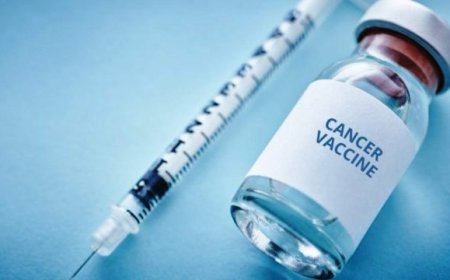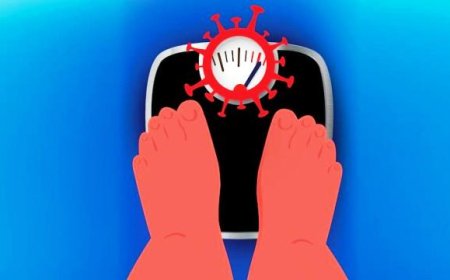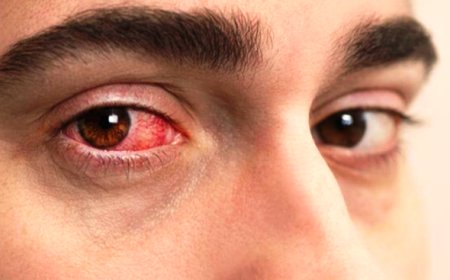Human Urine For Dental And Bone Implants
Scientists will transform human urine into a valuable medical resource - as a dental and bone implant. Human urine being repurposed as fertiliser and toilet flushing water, but to use it in making implants is rather bizarre.

Scientists have said that they will transform human urine into a valuable medical resource - as a dental and bone implant. We have seen treated human urine being repurposed as fertiliser and toilet flushing water, but to use it in making implants is rather bizarre. However, scientists believe that recycling human urine offers a sustainable solution to environmental challenges posed by conventional wastewater treatment.
A study titled Cost-effective urine recycling enabled by a synthetic osteoyeast platform for the production of hydroxyapatite, which gives details about this discovery was published in Nature Communications. Researchers from the University of California, Irvine, collaborated with US and Japanese institutions to make a synthetic yeast system that converts urine into hydroxyapatite (HAp) - the main structural component of tooth enamel and bone mineral, which provides hardness.
Notably, this biocompatible calcium phosphate mineral is widely used in bone and dental implants, archaeological restoration, and biodegradable materials.
"Inspired by the biological mechanisms of bone-forming cells, we develop a synthetic yeast platform, osteoyeast, which uses enzymes to break down urea and increase the pH of the surrounding environment," researchers said in the study.
"This process achieves two goals at the same time," Interesting Engineering quoted Ico-author David Kisailus, UC Irvine professor of materials science and engineering, as saying. "On the one hand, it helps remove human urine from wastewater streams, mitigating environmental pollution and the buildup of unwanted nutrients. On the other hand, it produces a material that can be commercially marketed for use in a variety of settings," Kisailus added.
Human urine must be treated and handled properly to ensure safety and prevent the spread of diseases. The reuse of human urine offers opportunities for sustainable resource management, water conservation and environmental protection.
The team of researchers also thinks about the wider use of HAp, which is lightweight, strong, and durable. "We are currently developing strategies to leverage his yeast platform with our 3D printing and structural knowledge to make multifunctional architected materials," Kisailus said.
The market for HAp is projected to exceed USD 3.5 billion by 2030, with a high sales price (over USD 80 per kg) enhancing the economic attractiveness of UD processes.
What's Your Reaction?

















































